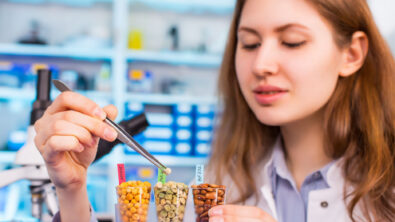A cranberry’s journey: How technology gets it from the bog to the can (and eventually your Thanksgiving meal)
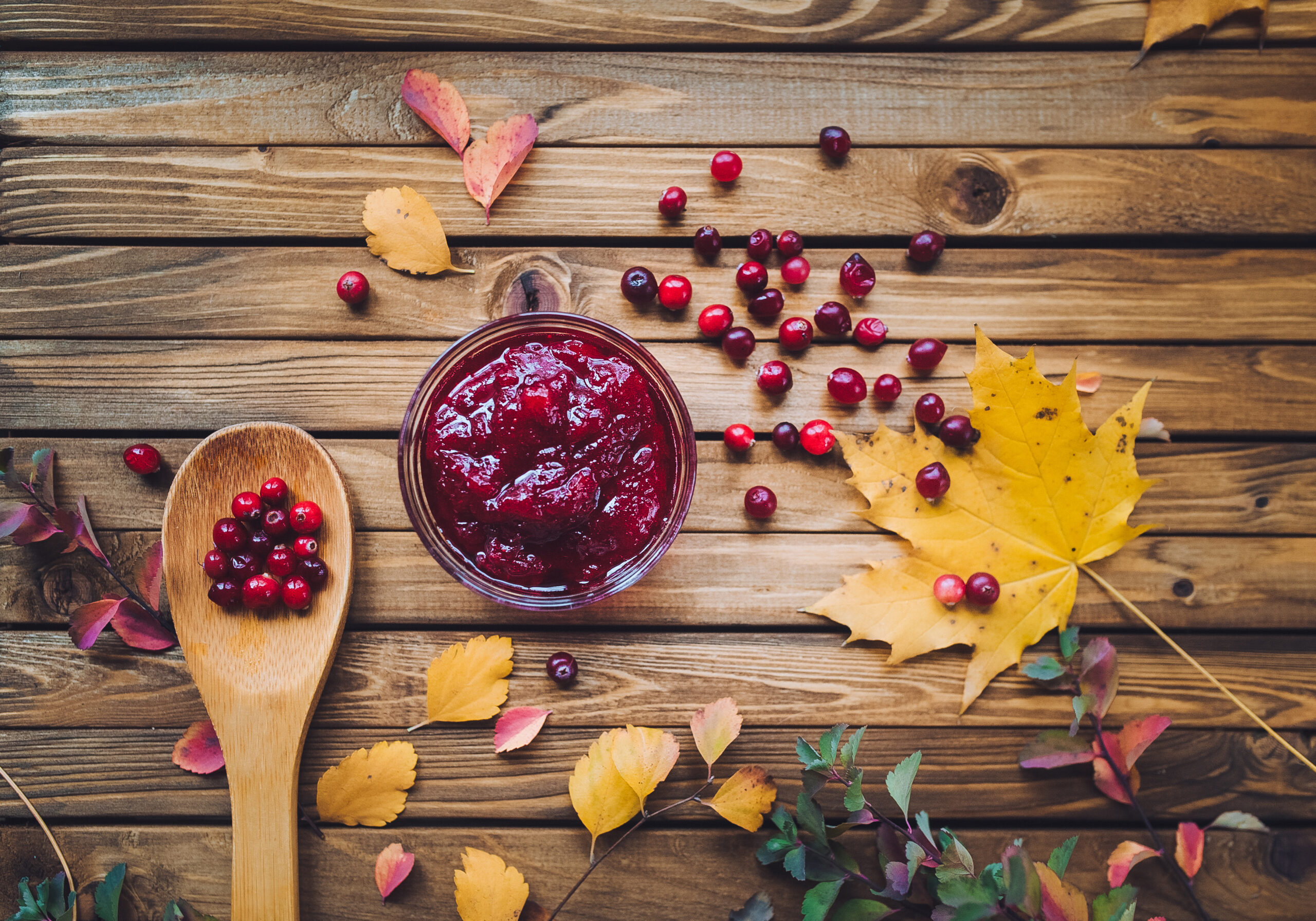
Many of us will have cranberry sauce on the Thanksgiving table, but have you ever stopped to think about where cranberries come from? You might be surprised to learn how at every stage people, machines and technology are interacting with a digital thread to make sure cranberries are produced safely and efficiently. The result of this digital thread is the production of cranberry sauce and other cranberry products that are safe, healthy and delicious.
Bog life: Using IIoT to help cranberries flourish
Before cranberries are harvested, they spend months (and often years!) growing on the vine. These vines grow in fields, which farmers flood twice a year to form a bog. This helps to protect the plants from frost, and it aids in harvesting. The growing season spans from April to harvest in October and November. Once established, these plants can offer up their bounty indefinitely.
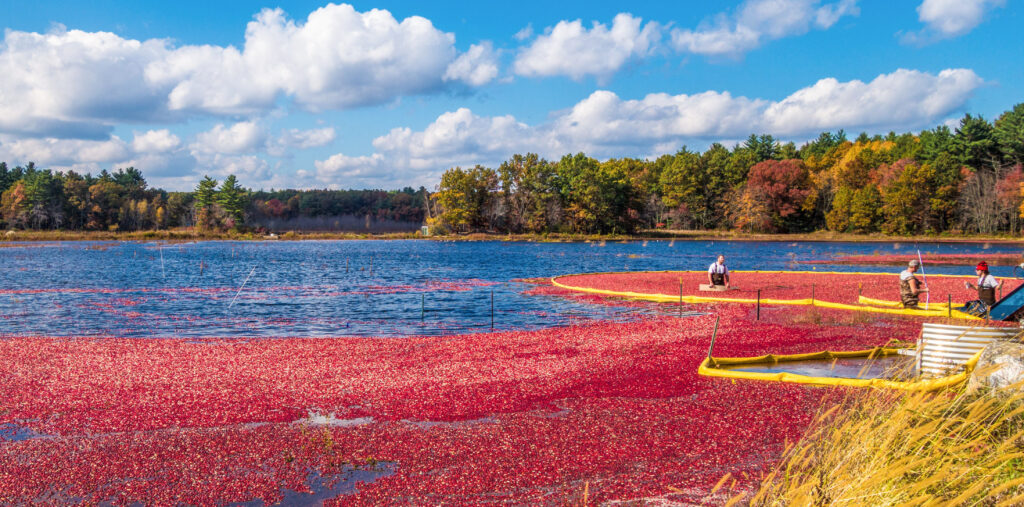
Cranberry farmers constantly monitor weather conditions, 24 hours a day. Cranberries need a very specific growing environment to ensure they are plentiful enough to supply Thanksgiving tables across the country. The soil and weather conditions play a critical role in a successful harvest. An unexpected frost or quick cold snap could severely impact the crop.
IIoT solutions available from companies like Siemens are part of the digital thread helping farmers boost their crop yield. Sensors within the cranberry bog can track and log temperature changes and alert farmers when conditions are threatening the crop. This allows them to intervene and ensure there will be enough cranberries to go around on Thanksgiving.
Getting from the bog to the can
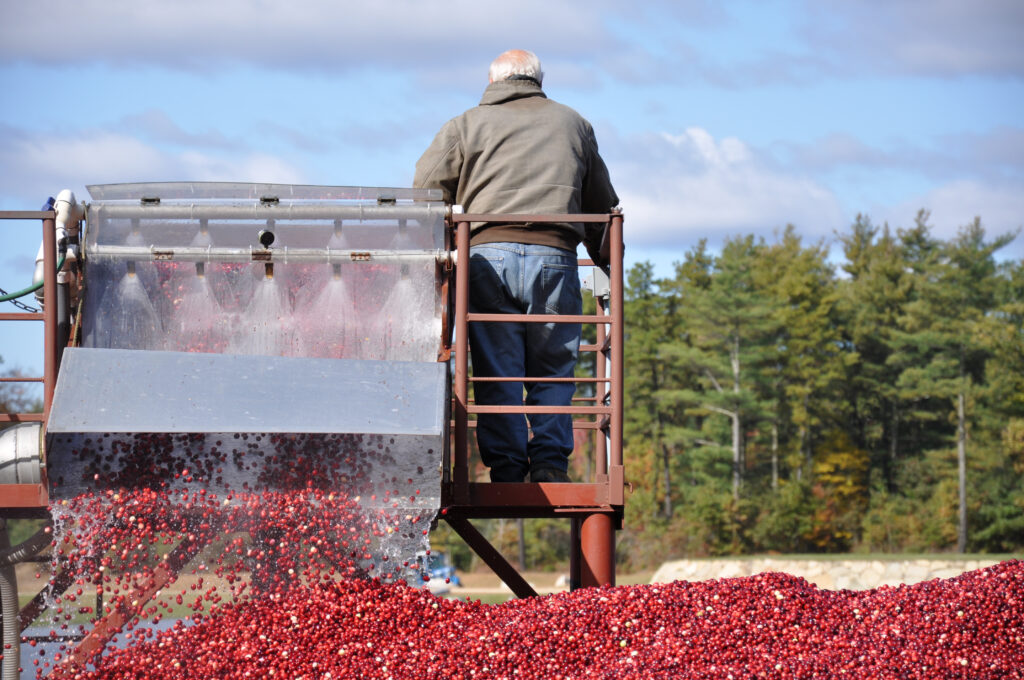
The harvesting process is where the digital thread continues to carry cranberries along their journey to our holiday tables. Machinery and technology help to isolate cranberries from debris, clean and sort the berries by color, size and quality and direct them to their next destination.
A very small percentage of cranberries are sorted and packaged to be sold fresh, with the majority heading for different stages of processing and packaging. This is where the digital thread comes into play again, making sure machines are operational and processing plants are running efficiently.
Did you know unplanned downtime can cost a food processing facility 30,000 dollars per hour? We don’t want those costs driving up the price of our favorite cranberry foods. Thanks to software to plan and monitor the production and packaging processes, facilities can avoid downtime and capacity issues.
The cranberry sauce journey from production to retail stores
As cranberry products and can-shaped logs of nostalgia roll off the assembly line, the next journey begins. Innovation plays a key role in ensuring arrival at a grocery store near you.
Software monitors assembly line capacity and product variation to sort the cans and determine optimal packaging. To improve productivity, robotic automation takes over the complex task of packaging the pallets, including large-scale wrapping machines.
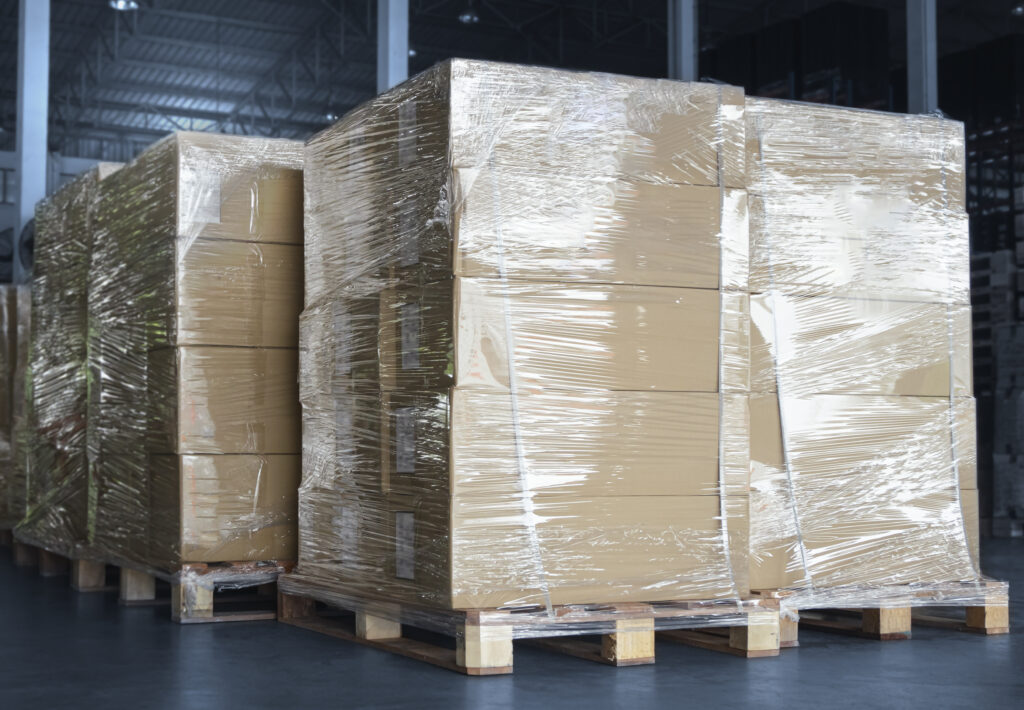
Now that we have cases of cranberry products all wrapped and ready, we need to get them to the trucks. As each wrapped pallet stack is ready to go, an automated guided vehicle (AGV) is queued to pick it up and take it to the loading dock. After each loading area is filled, the network of AGVs learns automatically to move to the next loading area.
Innovative software solutions solve many of the common problems associated with complex manufacturing operations and ultimately boost production efficiency while reducing overall costs. Whether cranberries will be delivered fresh, dried, as juice or sauce – or even as components in other products – technology and machines help people deliver better products to our grocery shelves.
More tech than you expect in your favorite (?) side dish
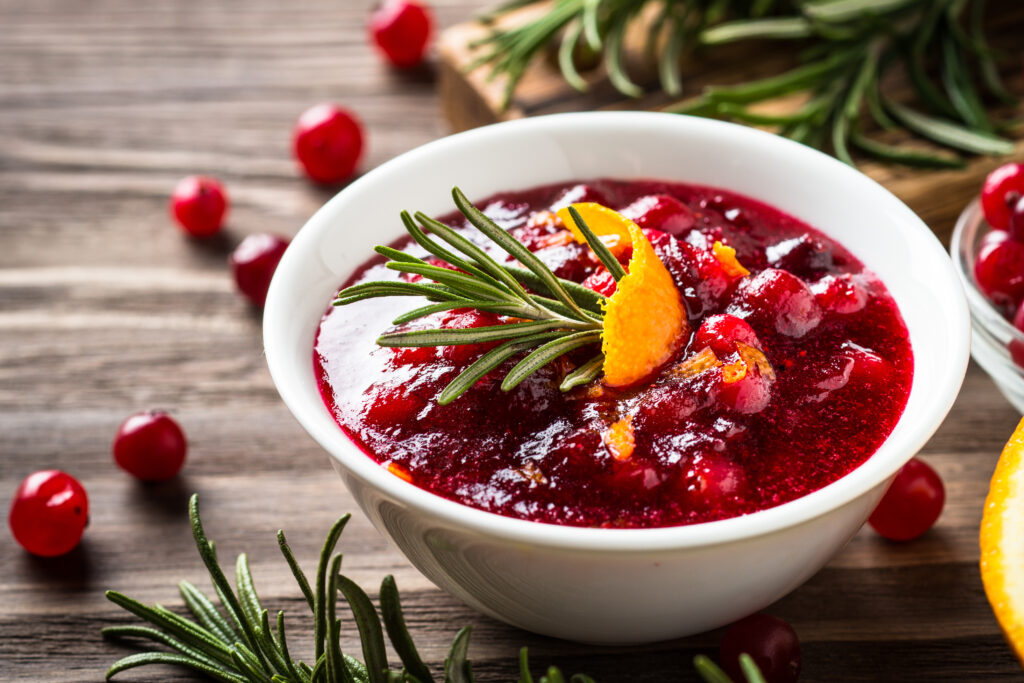
While harvest to market is a relatively short time frame, cranberries require planning throughout the year to make it to your Thanksgiving meal. From consumer preferences driving recipe and packaging variations to operational and logistic efficiencies, machines and technology speed the connection between bog and table in so many ways. There’s so much more involved, but we hope the journey of the little cranberry gives you food for thought.
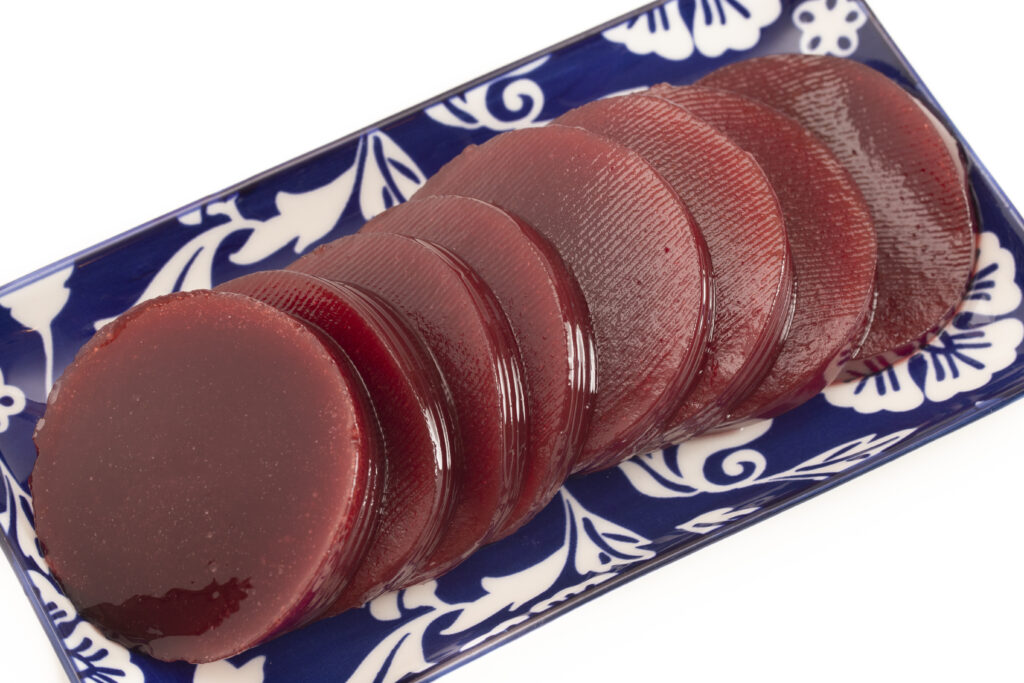
Whether you pass on the cranberry sauce every year, buy canned or use grandma’s recipe, we can all be thankful for the technology that brings food – including this controversial side dish – to our tables.
Love ‘em? Hate ‘em? Or just meh? Add a comment to share how you enjoy cranberries at Thanksgiving.
Creative support: Grayland Allen, Paul Pascale and Sarah Peterson
Authors: Claire Cole, Angie Grant, Jason Meyers, Katie Tormala, Kevin Robinson and Beth Warner


